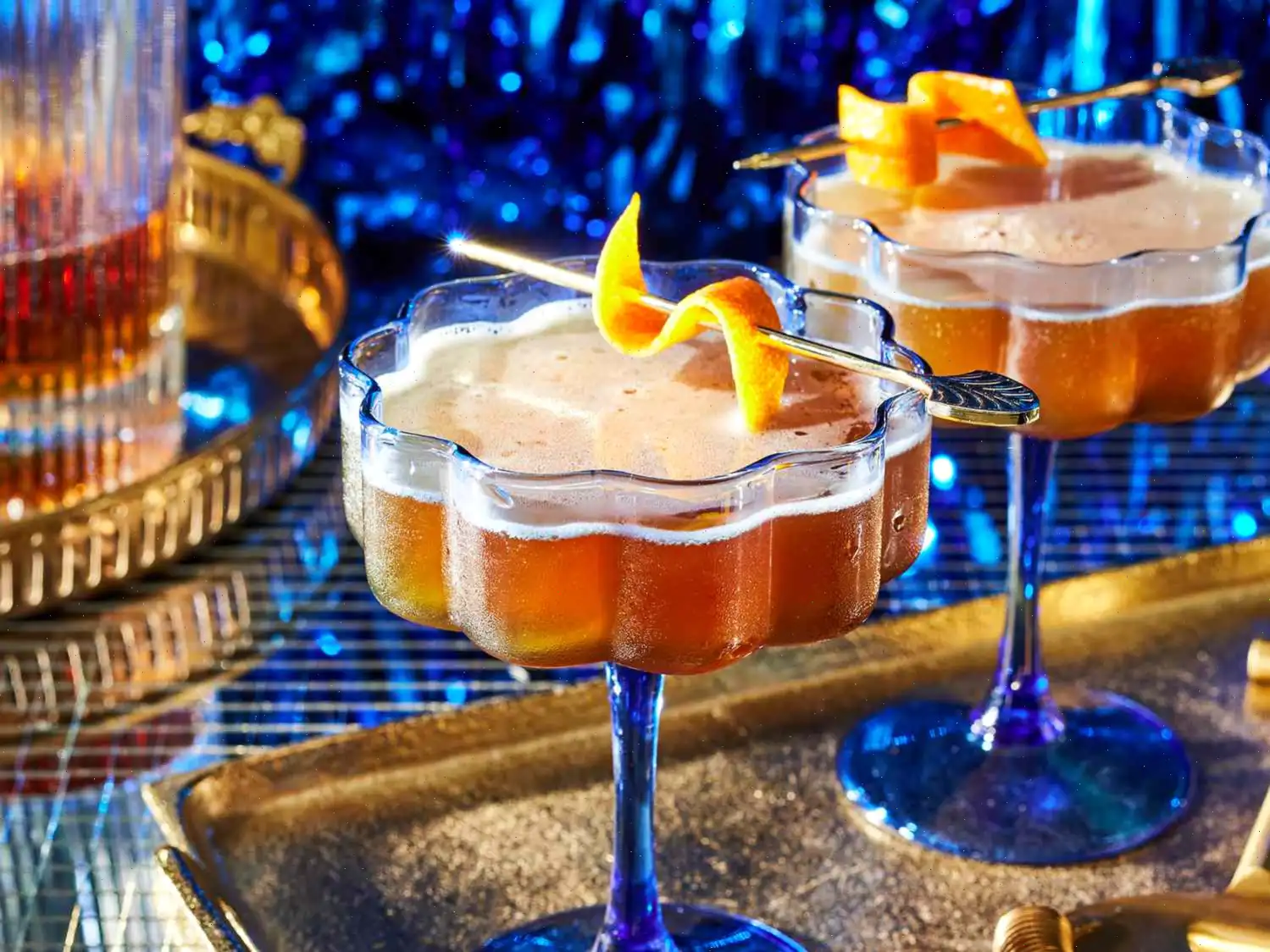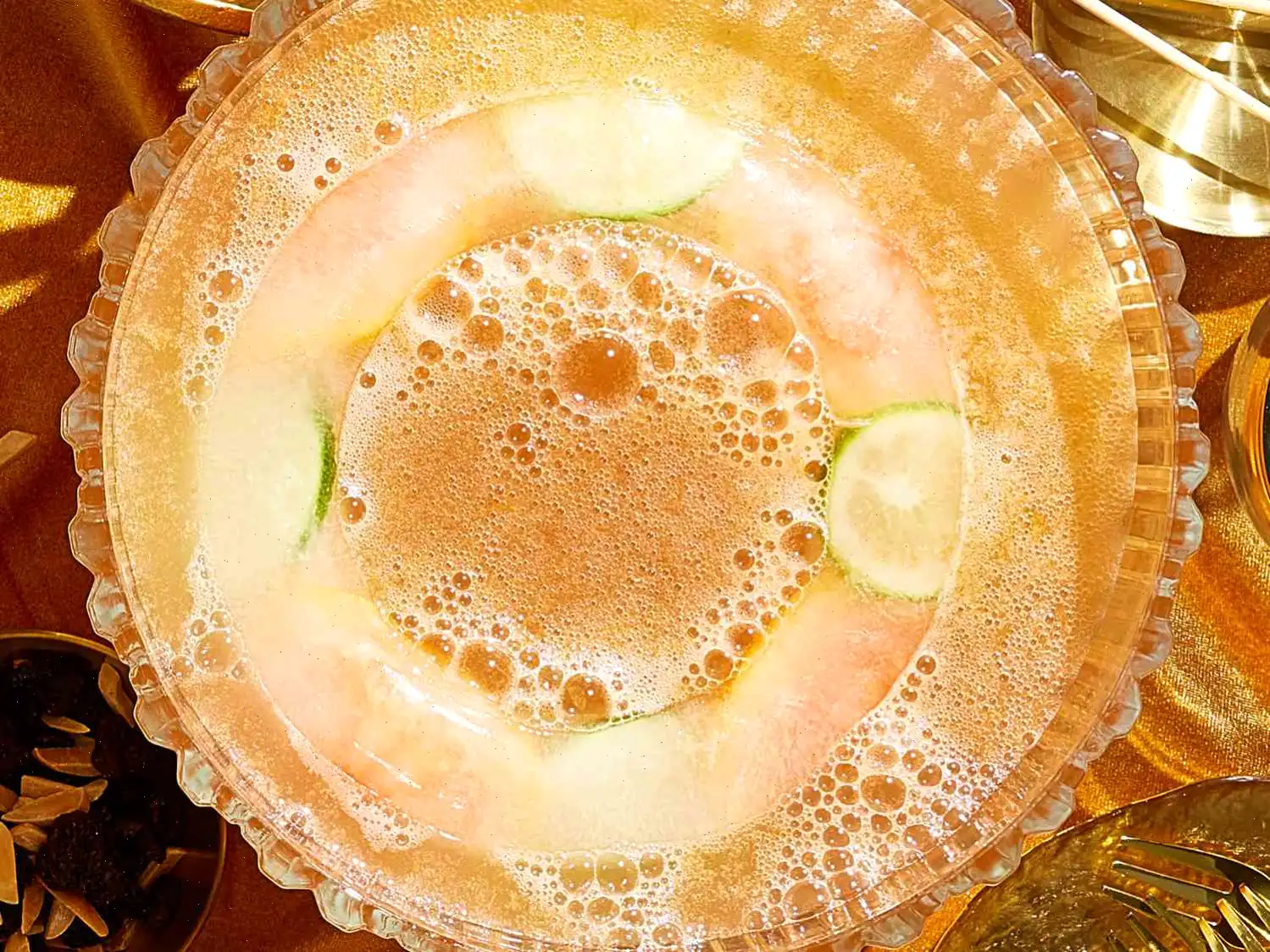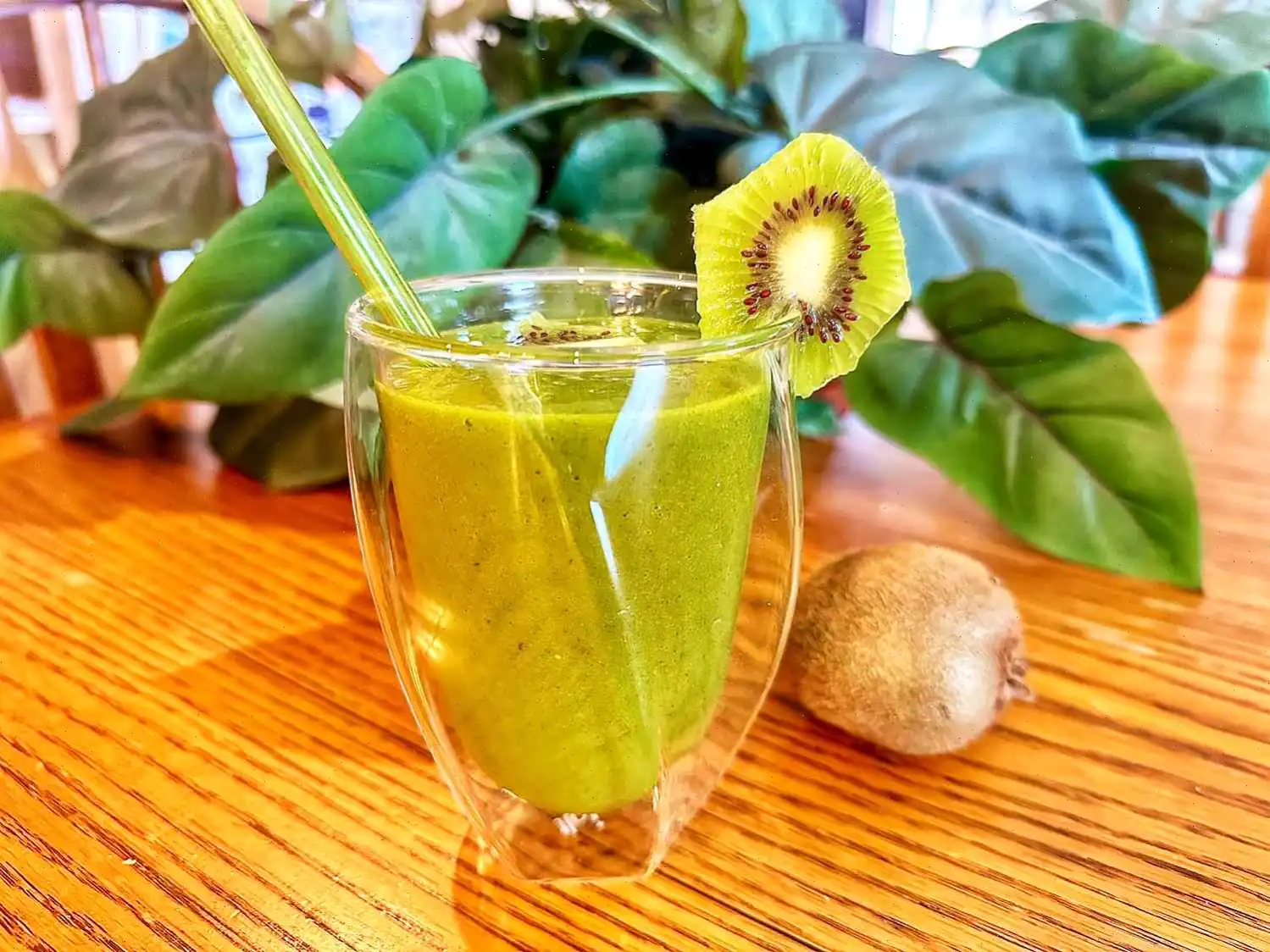
Apple Cider Punch Recipe
Ingredients
- 1 bag cinnamon tea
- 1 cinnamon stick, plus more for serving
- 1 cup boiling water
- 4 cups unfiltered apple cider
- 1/2 cup lemon juice
- 1/3 cup pure maple syrup, plus more for garnish
- Demerara or turbinado sugar, for garnish
- Lemon wedges, for serving
Directions
Step 1: Steep the cinnamon tea bag and cinnamon stick in 1 cup of boiling water for 5 minutes or according to package instructions. Once done, discard the tea bag and cinnamon stick. Allow the tea to cool.
Step 2: In a large pitcher, combine the cooled tea with 4 cups of unfiltered apple cider, 1/2 cup of lemon juice, and 1/3 cup of pure maple syrup. Stir well.
Step 3: You can serve immediately or chill the mixture in the fridge for up to 2 days. For serving, prepare the glasses by spreading some maple syrup on a small plate and Demerara or turbinado sugar on another small plate.
Step 4: To rim the glasses, dip the glass rim into the maple syrup and then into the sugar, ensuring it is fully coated.
Step 5: Fill the prepared glasses with ice and pour the punch over the ice. Serve with lemon wedges and additional cinnamon sticks for garnish.
Serving Suggestion
To create a unique ice cube, you can make apple roses. Slice a red-skinned apple thinly (preferably using a mandoline). To prevent browning, dip the apple slices in a bowl of 4 cups water mixed with 1 tablespoon lemon juice, then drain. Microwave the apple slices for 20-30 seconds until they are pliable.
Step 6: Lay a row of 5 apple slices, curved side up, and gently roll them up. Arrange the rolled apple slices in a 2-inch silicone ice cube mold. Fill the mold with water and freeze until firm.
Nutrition Facts (per serving)
- Calories: 99
- Total Fat: 0g
- Saturated Fat: 0g
- Cholesterol: 0mg
- Sodium: 12mg
- Total Carbohydrate: 25g
- Dietary Fiber: 1g
- Total Sugars: 21g
- Protein: 0g
- Vitamin C: 54mg (60% DV)
- Calcium: 30mg (2% DV)
- Iron: 0mg (1% DV)
- Potassium: 184mg (4% DV)
* Percent Daily Values are based on a 2,000 calorie diet. Your daily values may vary depending on your individual calorie needs.
** Nutrient information is based on available data and may not be available for all ingredients.
The History of Apple Cider Punch
Apple Cider Punch has roots that trace back to early colonial America, where apples were abundant and served as a staple ingredient in both food and drink. Early settlers often combined freshly pressed apple cider with spices such as cinnamon, cloves, and nutmeg to create warming beverages during the cooler months. The concept of a "punch"a communal drink mixed in large bowlswas imported from Europe, particularly from England and Germany, and adapted to local ingredients. Over time, this evolved into the apple cider punch we know today, blending sweet, tart, and spicy flavors in a single, refreshing drink.
Regional Characteristics
Apple Cider Punch is especially popular in the northeastern United States, where apple orchards are abundant and autumn festivals celebrate the harvest. In New England, the punch often includes maple syrup as a natural sweetener, while in other regions, brown sugar or honey may be used. In the Midwest, it is common to add citrus fruits or ginger to enhance the complexity of the flavor. This drink reflects regional tastes by incorporating local ingredients, such as cinnamon sticks from spice suppliers or seasonal apples unique to a specific orchard.
Differences from Similar Beverages
Unlike plain apple cider or mulled cider, Apple Cider Punch typically combines brewed spices, sweeteners like maple syrup, and fresh citrus juice. This balance of ingredients sets it apart from standard hot cider, which is usually just warmed apple juice with spices. While mulled wine contains alcohol and is served during winter holidays, apple cider punch can be enjoyed by all ages and is often served chilled or at room temperature, making it more versatile. Its preparation emphasizes a bright, lightly sweet flavor profile rather than the rich, heavily spiced taste of mulled beverages.
Common Serving Occasions
Apple Cider Punch is most commonly served during fall gatherings, harvest parties, Thanksgiving dinners, and Halloween celebrations. It can be presented in a punch bowl with ice, garnished with cinnamon sticks, lemon wedges, or even frozen apple slices for a decorative touch. Cafes and orchards also serve it as a seasonal specialty, often paired with apple-themed desserts or pastries. Its visual appeal, combined with aromatic spices, makes it a favorite choice for festive tables and casual get-togethers alike.
Interesting Facts
- Apple cider has been produced in North America for over 300 years, making it one of the oldest traditional beverages in the United States.
- The use of maple syrup in apple cider punch is a distinctly American adaptation, showcasing the country's abundant maple resources.
- Frosty or chilled versions of this punch can include creative touches, such as apple-shaped ice cubes or apple roses frozen in ice for an elegant presentation.
- Apple Cider Punch can be made up to two days in advance, allowing hosts to prepare it ahead of large gatherings without compromising flavor.
- The combination of cinnamon tea and fresh lemon juice creates a unique depth of flavor not found in simple apple juice beverages.








